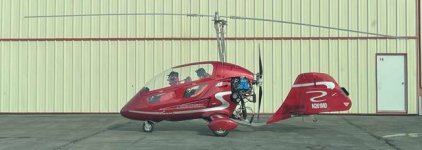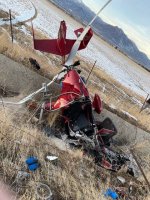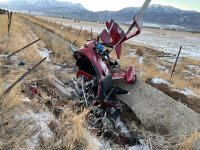rdalcanto
Member
My father had 40 years of flying experience. CFI, Commercial, Multiengine, and still current in IFR. He has been flying gyros for several years. Was turning 77 next month. He sold his Cavalon about a year ago and has been flying with me in my Magni M24 while he waited to get a new gyro. I did not like letting him do take-offs in my gyro, but let him practice anyway. He was unable to keep the stick back until the nose wheel came up, and catch it to balance on the mains. If he tried, the nose would stay too high and we would take off with too high an angle of attack and too slow an airspeed. So he would let the stick go forward as we accelerated and he would keep the nose wheel on the ground until 50-60 mph. We would have HUGE arguments over this, but he said that on the forums and other gyro "schools" they were no longer teaching balancing on the mains. Yesterday was his first solo flight in his new AR-1 with closed canopy and 915 engine. The rudder is HUGE. We don't know exactly what happened yet, but we have crash pictures and video of the crash. (Edit: This turned out to be wrong: My theory is that he developed some rotor flap on the takeoff role which damaged the rudder (edit: full video further down in this thread shows this was not the case). I believe the rudder came off in flight (I don't see it in the crash photos), causing complete loss of directional control (gyros can't fly in reverse). Edit: They did find the rudder 5-10 feet from the wreckage, so it did not come off in flight). We need to teach that balancing on the mains is the only safe technique, and if the pilot can't do it without letting the nose get too high, they shouldn't be flying solo.
Edit: Full video in later post. His take off looked ok.

Edit: Full video in later post. His take off looked ok.

Last edited:


